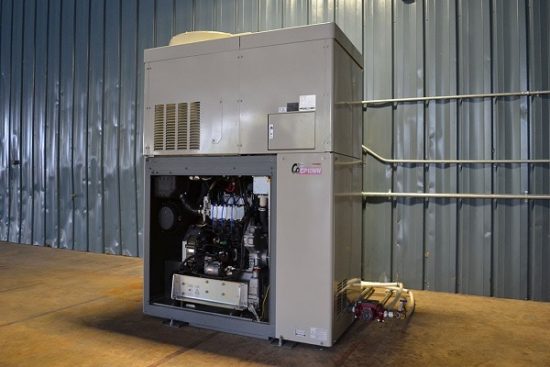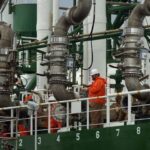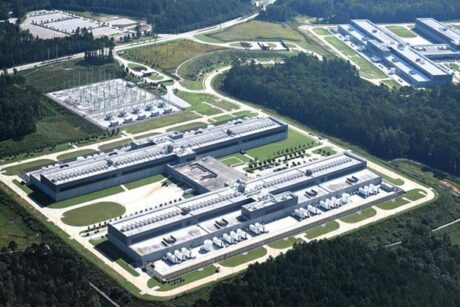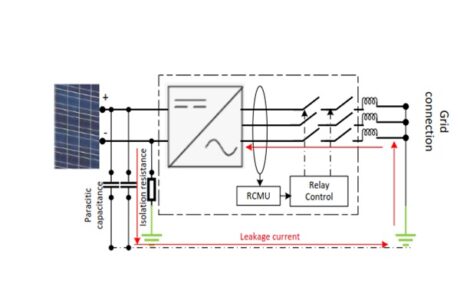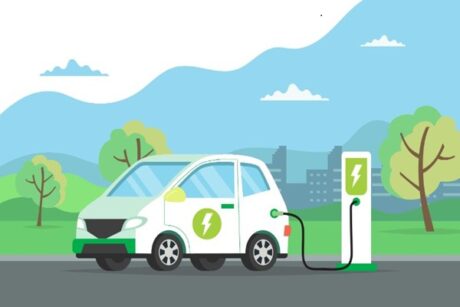- Course No E – 1602
- PDH Units 1.00
No data found for Custom Course Number
No data found for Custom Course Units
- Course No E – 1602
- PDH Units 1.00
Intended Audience: civil, electrical, mechanical engineers, and planners for emergency events affecting cities
PDH UNITS: 1
How can you develop a combined heat and power (CHP) system that would enable a building to operate independently of the electricity grid in the event of a major storm or other disruption? During and after Hurricane Sandy, combined heat and power enabled a number of critical infrastructure and other facilities to continue their operations when the electric grid went down. Time and again, CHP has proved its value as an alternative source of power and thermal energy (heating and cooling) during emergencies, and has demonstrated how it can be a sound choice in making energy infrastructure more resilient in the face of extreme weather events. This online engineering PDH course curated by Dr. Rossow details the factors that should be considered when configuring a CHP system to operate independently of the electricity grid and the steps involved in a typical CHP project development process. This course is based on the document, “Guide to Using Combined Heat and Power for Enhancing Reliability and Resiliency in Buildings,” developed jointly by the U.S. Department of Energy, the U.S. Department of Housing and Urban Development, and the U.S. Environmental Protection Agency, September, 2013.
Learning Objectives
- Policy context for CHP
- CHP in State and local resiliency planning efforts
- CHP basics and benefits
- Opportunities for CHP to contribute to reliability
- Determining whether CHP is an appropriate choice
- Steps in the CHP project development process
- Options for financing CHP
Once completed, your order and certificate of completion will be available in your profile when you’re logged in to the site.


